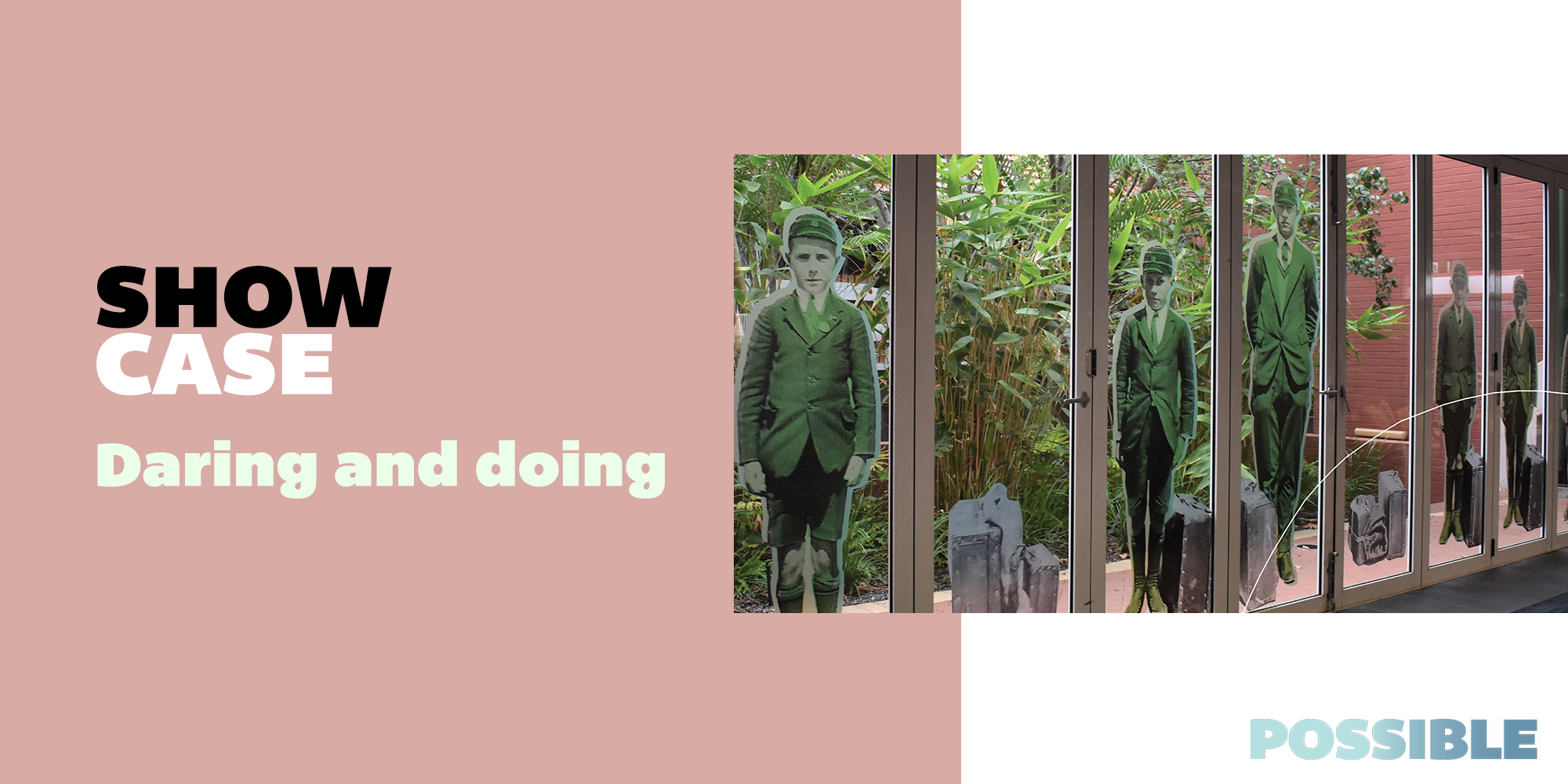“We’ve probably got the most dynamic project in the country right now, which incorporates renewable, sustainable energy, as well as education and innovation. It is now about creating that credibility that we can get into these important market relationships and then deliver a vehicle that could change the entire game.”
Richard Hopkins, professor of practice & team principal, Sunswift Racing
It may have taken 27 years of innovative work but it’s only since the Sunswift 7 solar-powered car earned two major world titles in the past 12 months that the automotive industry has viewed the Australian university project in a whole new light.
Sunswift 7, a student-built solar-powered vehicle at Sydney’s University of NSW, won the Bridgestone World Solar Challenge in late October in the Cruiser Class category, having covered 3020km through the Australian outback on a single charge, at an average speed of 75km/hour. It was the first Australian vehicle to ever win the prestigious award after 11 previous attempts.
Months earlier, the same vehicle earned a place in the Guinness World Records for travelling 1000km on a single charge in under 12 hours, at an average speed of 85km/hour.
The university project that started in 1996 as something of a novelty has since pushed the boundaries of innovation in mechanical engineering, but also served as a symbol of hope for a cleaner, greener future.
But it was only after Richard Hopkins took over the reins of Sunswift five years ago that the project really shifted into high gear. When Hopkins—who previously steered the Red Bull Racing Formula One Team to four F1 world titles in 25 years—joined Sunswift Racing in 2018 as professor of practice and team principal, earlier versions of the car were doing around 500km on a single charge. The current Sunswift 7 has a range of 1500km, and Hopkins estimates the next model, Sunswift 8, due for completion by the end of 2024, will offer an even higher capability. He also believes the technology could be commercially available by the end of the decade.
“I don’t see why, with the correct industry support and team focus, we couldn’t create something that will be driving on Australian roads by 2030,” he says. “We’ve probably got the most dynamic project in the country right now, which incorporates renewable, sustainable energy, as well as education and innovation. It is now about creating that credibility that we can get into these important market relationships and then deliver a vehicle that could change the entire game.”
He describes Sunswift 8, on which a team of second, third and fourth year engineering students are currently working, as “an absolute marvel of technology”, incorporating solar energy, batteries and hydrogen fuel cells in a tri-bid combination.
“This means the car could potentially run on all three of those technologies to power it, or just one at a time,” he says. “If you’re just going around the corner to the shops, you may just select solar, but if the car is being driven from Sydney to Canberra, then perhaps you’d use battery and hydrogen. But if you’re doing a lap of Mount Panorama in Bathurst, then you might choose all three to give it the full beans!”

Powered by a battery and solar panels mounted across its roof and hood, the car weighs just 500kg—about one-quarter that of a Tesla. To achieve this low-weight body for the current model, the team did away with some typical road-essential features such as airbags and air conditioning.
Sunswift 7 has a carbon-fibre monocoque chassis and body, with 38kWh battery, twin hub-mounted electric motors powering the rear wheels. It is so efficient due to its aerodynamic design and impressive low rolling resistance. Hopkins estimates at full speed, the vehicle can achieve just under 140 km/hour.
During its Guinness World Records performance, its energy consumption was clocked at just 3.8 kWh/100km, compared to 15kWh/100km for other electric vehicles currently available.
The cost of delivering such results has not been cheap, with the Sunswift 7 model estimated to be a $1.2 million investment. “And that’s without the cost of people because the labour is free as these are university students doing the work,” Hopkins says.
Throughout COVID, the project proved to be an important source of optimism for the students. When the project was forced to transition from campus workshop innovation to online collaborations, Hopkins says the students exhibited a committed determination to not allow the momentum of the project to dip.
“This was when I thought all of this might be above where their skill set was, and they proved me wrong and continue to prove me wrong with how they apply themselves and the results they achieve,” he says.
“It was incredible witnessing their resilience through a time which did compromise what we were doing, and what should have taken us 18 months took two years to complete. But we still achieved what we set out to do and did it well. I have had many ‘proud dad’ moments over the years with this.”
UNSW mechanical engineering student Andrea Holden, the Sunswift 7 team manager, admits the titles the car has won are validation for the effort that has gone into the project.
“It feels very weird to think that we’ve helped to make something that’s the best in the entire world,” she says. “It’s been so rewarding to see the whole team come together and make so much progress and get to this amazing point. It was a lot of work and a lot of hours and stress, but it’s all been worth it.”

Meanwhile, the wins of recent years have attracted more outside interest. “There has been a shift,” Hopkins says. “In the past, it was very much about me approaching industry partners for help. Now, with what they have seen we can achieve, they are approaching me and asking in what ways they can be involved.”
The current designs for Sunswift 8 indicate it will be a two-seater sports car capable of reaching speeds around Bathurst’s Mount Panorama only 20-30 seconds slower per lap than the fastest V8 Supercars.
It also promises to be more environmentally friendly with the chassis potentially made of hemp and flax rather than carbon fibres. The tri-bid power source will utilise solar, batteries and the addition of the hydrogen fuel cells.
The irony is, however, that the inclusion of such cutting-edge hydrogen fuel cell technology may potentially rule Sunswift 8 out of future World Solar Challenge races due to current regulations. Hopkins hopes negotiations with event organisers to update such rules will ensure the race stays true to its ethos of pushing the limits of technological innovation.
Even so, he admits there’s still much work to do on Sunswift 8 but he is confident they are on the cusp of significant breakthroughs with partners such as Audi, Bridgestone, 3M, Bilstein Suspension and MI Battery Engineering on board.
“My philosophy is that you only accelerate when you’re ready, and in many ways, we have just reached the point of demonstrating what Sunswift is truly capable of. It is about creating a credibility so we can develop new relationships within the motoring field and deliver upon them.”
His vision, however, extends way beyond motoring. “These innovations are relevant to a broad range of technology, but it has been a vehicle that has been bringing all these things together. When you create the space to see what other ways it can work, that will lead to the advancement of everything else. And if a greater understanding of changing human perception is where everything we have been working on ends up, then that’s great.”


.png)



